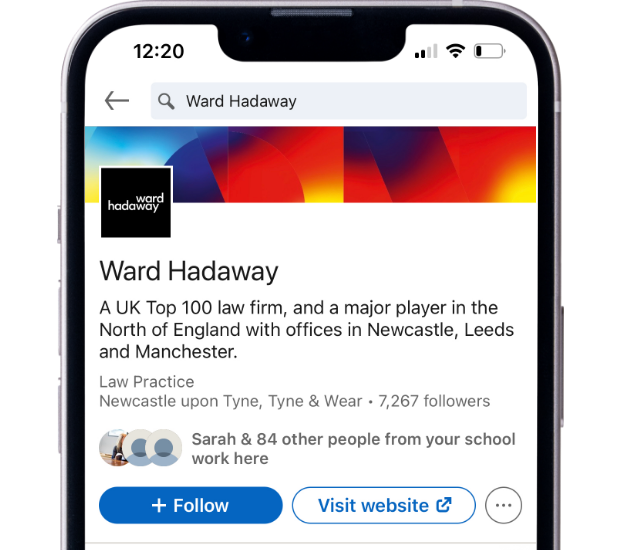Procurement in a Nutshell – Transparency and the new digital platform
5th April, 2022
The Government published its Green Paper "Transforming Public Procurement" on 15 December 2020, with its aim to provide a modern, fit for purpose set of rules, improving and simplifying the procurement process.
In December 2021 the Government published its response to the consultation and the comments raised by over 600 organisations and individuals. As a result we now have a clearer indication of the reforms that the Government intends to introduce.
The Government plans to produce a draft Bill at some point in 2022. Further to the new legislation the Government will also introduce new secondary legislation or regulations to implement the new regime and produce “a detailed and comprehensive package of published resources (statutory and non-statutory guidance on the key elements of the regulatory framework, templates, model procedures and case studies)” to help contracting authorities and suppliers understand how the new regime will work.
Due to significant changes and the amount of work required to bring this all into effect it is unlikely that the new regime will be implemented until 2023 at the earliest. We can expect a draft Bill this year and the Government has said that it intends to give at least 6 months’ notice of “go-live”.
What this Nutshell covers
This Nutshell looks at the proposals for increased transparency in the procurement system and for the new digital platform.
What the Green Paper said
Transparency has always been a central tenet of the public procurement regime, but in practice has often failed to be fully achieved. The Green Paper identified this and aimed to address it by ensuring that all information, except that which is deemed commercially sensitive, will be transparent and accessible. Data which would be expected to be published includes bidder identities, the basis of the award decision, the basic disclosure of tenders submitted, evaluation reports and basic evaluation of disclosure information. Transparency will be a principle right across the lifetime of a procurement, from planning through to completion.
Transparency will be facilitated by establishing, as referred to in previous Nutshells, a single digital platform. The current regime runs across a range of platforms – Find a Tender Service, Contracts Finder, the Supplier Registration Service, the Digital Marketplace, the Open Contracting Data Standard (OCDS) and the Contract and Spend Insight Engine (CaSIE). This is considered to be cumbersome and the systems do not interoperate. There is also little ability for the sharing of data, for instance between health authorities and local/central government. The intention is that by creating a single digital database all information will be easily accessible and on just one platform, with the advantage to suppliers that they will only need to submit their data once. Other interested parties will find that information is readily available, rather than being available only through Freedom of Information requests, increasing transparency for all.
Results of the Consultation
Responses to the proposals on transparency and the digital platform were strongly supportive, recognising a range of benefits to the proposed system. However, there were concerns about the possible anti-competitive effects of tender bids being published, and that preparing contract documents for publication might place a significant burden on contracting authorities. The government responded by deciding not to require the publication of tender information, and to set an initial baseline for publication of contract information of a threshold contract value of £2 million and above.
The government also fine-tuned its proposals to streamline the publication of information, proposing to incorporate more information into the Tender Notice and Award Notice and eliminate the need to publish a Tender Web Form Notice or a Web Form (Clarification) Notice.
A new proposal, for a Contract Implementation Notice, is intended to ensure that there is transparency in the actual performance of contracts, including in relation to performance against visible KPIs.
Responses to the proposal for a central digital platform were positive, and so this will be implemented. Those concerns which were raised centred on funding, cyber security and data control, which the government recognises and proposes to issue further guidance on, but they did confirm that the platform would be funded centrally and not by users.
What this means
With transparency set as one of the legal principles of public procurement, as detailed in a previous Nutshell, and a new digital platform initiated, contracting authorities should expect to have much more information out in the public domain. If this reduces the number of freedom of information requests that would no doubt be welcomed by some, but the preparation of contract documentation will need significant care and may induce nervousness in some regarding the availability of information and the levels of security on the new digital platform. There is a promise of more guidance to come. The single digital platform and increased transparency are to be welcomed. However, it seems unlikely that any of this will have the overall effect of simplifying the procedure.
If you have any queries on the issues raised or on any aspect of procurement, please contact one of our procurement specialists via our procurement hotline on 0330 137 3451
Please note that this briefing is designed to be informative, not advisory and represents our understanding of English law and practice as at the date indicated. We would always recommend that you should seek specific guidance on any particular legal issue.
This page may contain links that direct you to third party websites. We have no control over and are not responsible for the content, use by you or availability of those third party websites, for any products or services you buy through those sites or for the treatment of any personal information you provide to the third party.
Topics:

